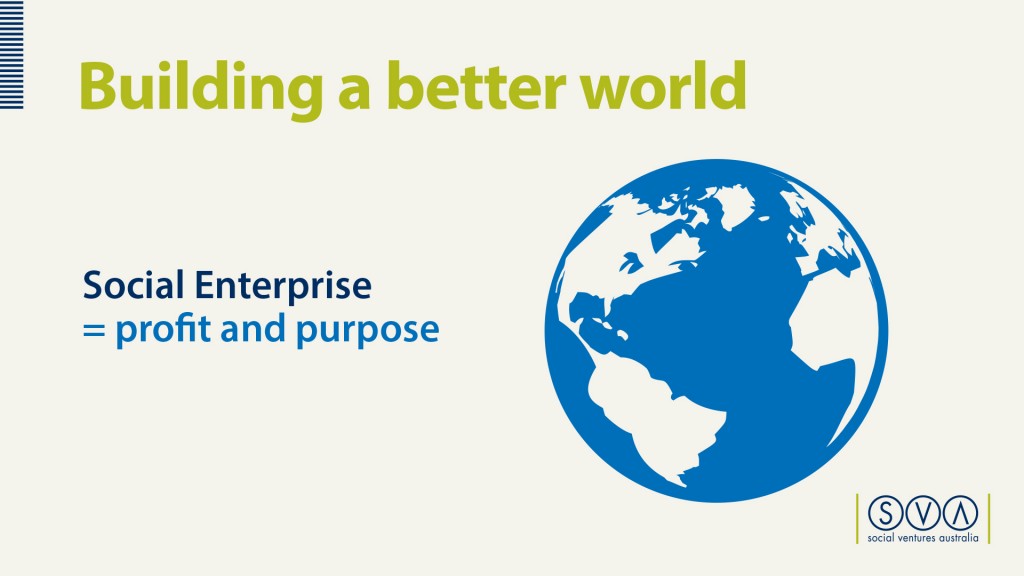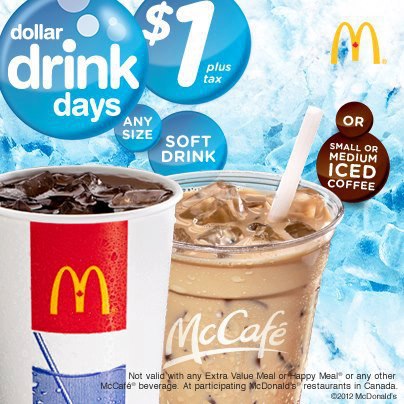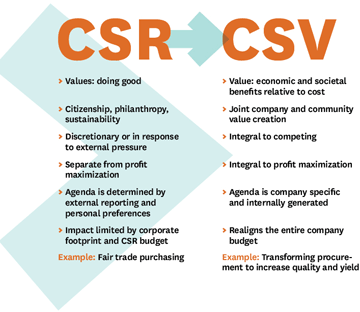Governments are essential in order to uphold and further develop countries, however, government’s will never be able to solve every problem they are faced with. Therefore, if the UN were to be fully funded by government funds, they would still need social entrepreneurs and arc initiatives to promote long-tern solutions.
The UN sends workers to foreign countries with extensive resources with hopes aiding a country in need. This has proved to be inefficient as the workers are unable to maximize the resources to their fullest potential. Moreover, social entrepreneurs are specialized within an area therefore they know beforehand the process in order to be successful. For example, if a worker goes to a city in Uganda with $25,000 and is asked to create a solution—that is a reasonable, however, not 100% efficient. Conversely, if a social entrepreneur would go to the same city in Uganda he/she would know how to allocate the $25,000 properly in order for the city to show the most signs of improvement. The final result suggests that social entrepreneurs create suitable solutions at a more efficient rate then regular workers.
In summary, if the United Nations were fully funded by the government, they would still need social enterprises. Social entrepreneurs are experts in their field of choice therefore they are able to see opportunities and create solutions others cannot. The United Nations must realize that money is only a tool, a tool in which social enterprises use to the fullest potential.








